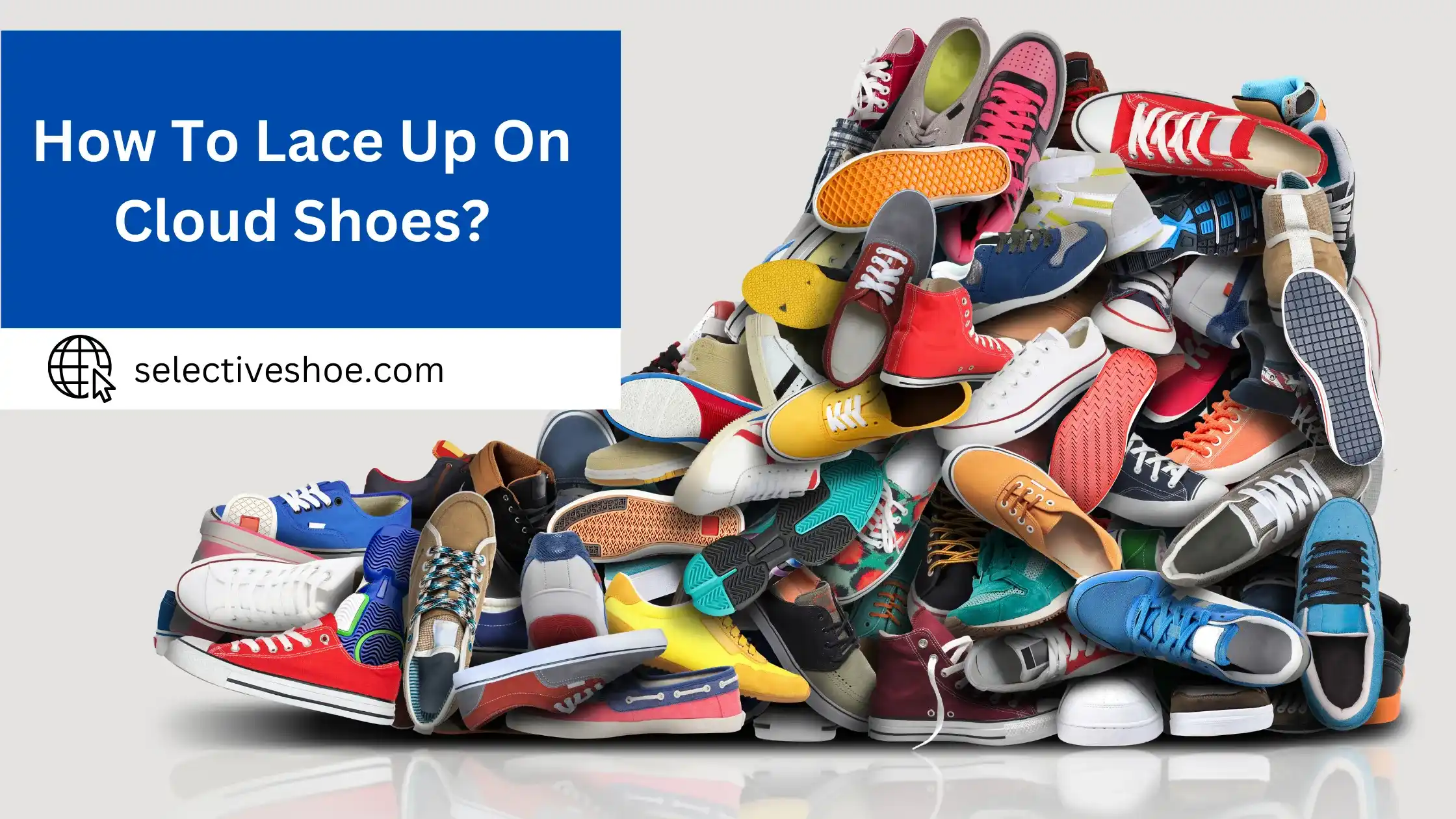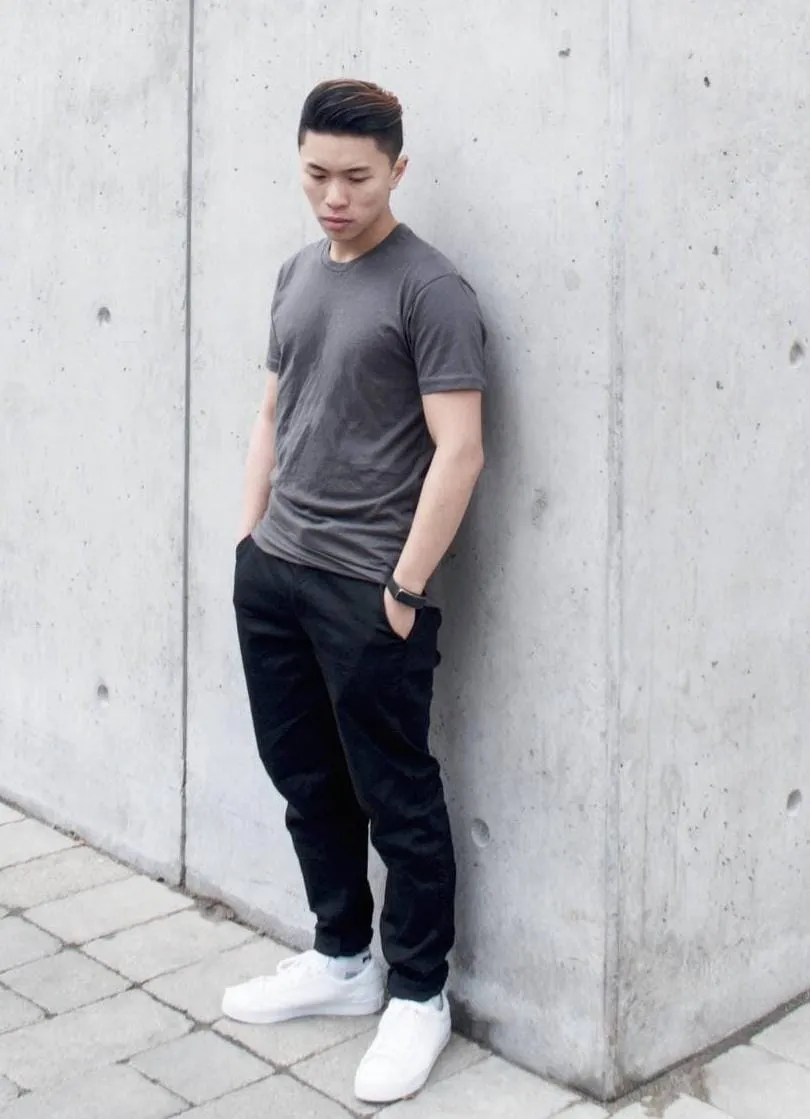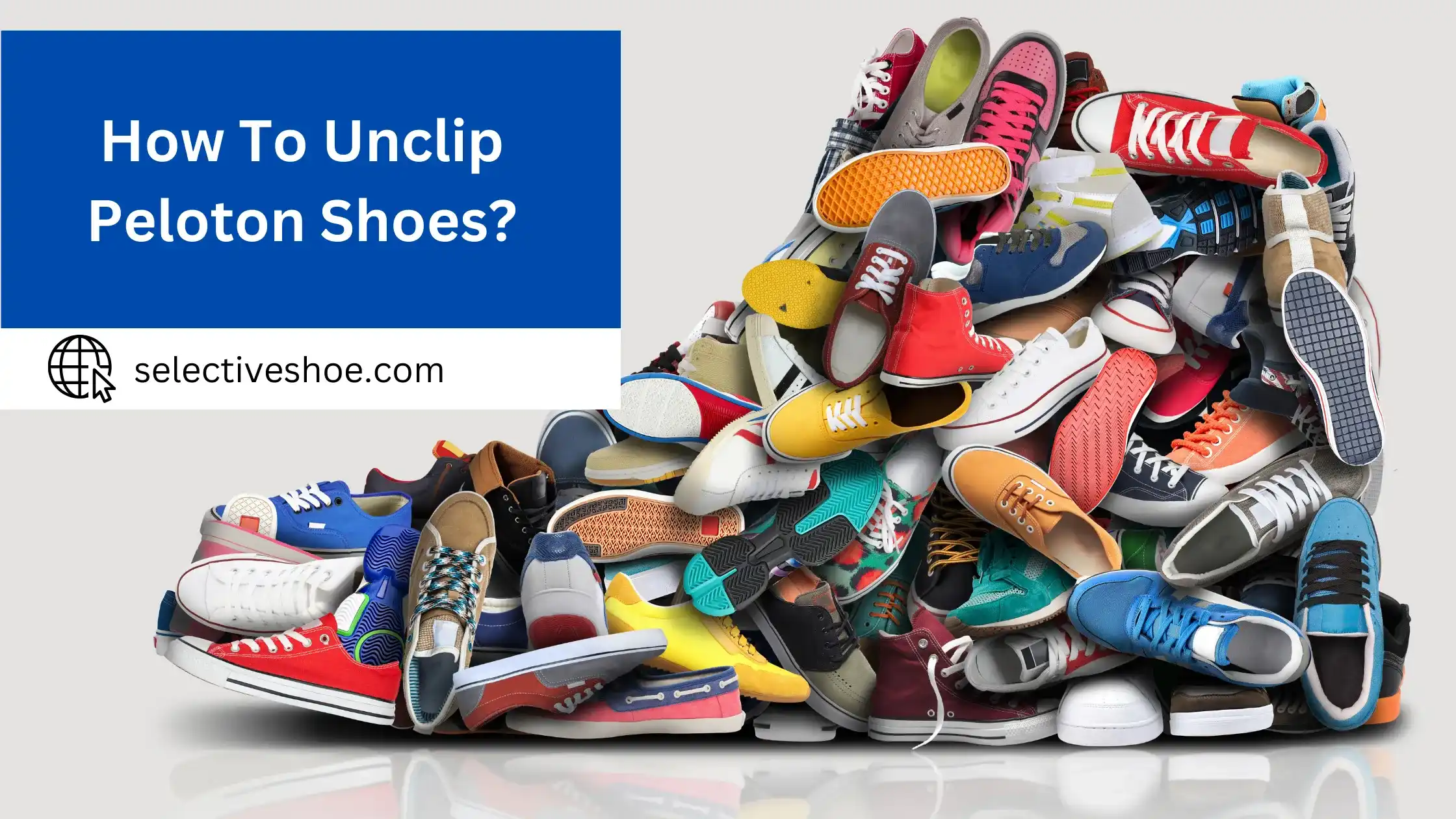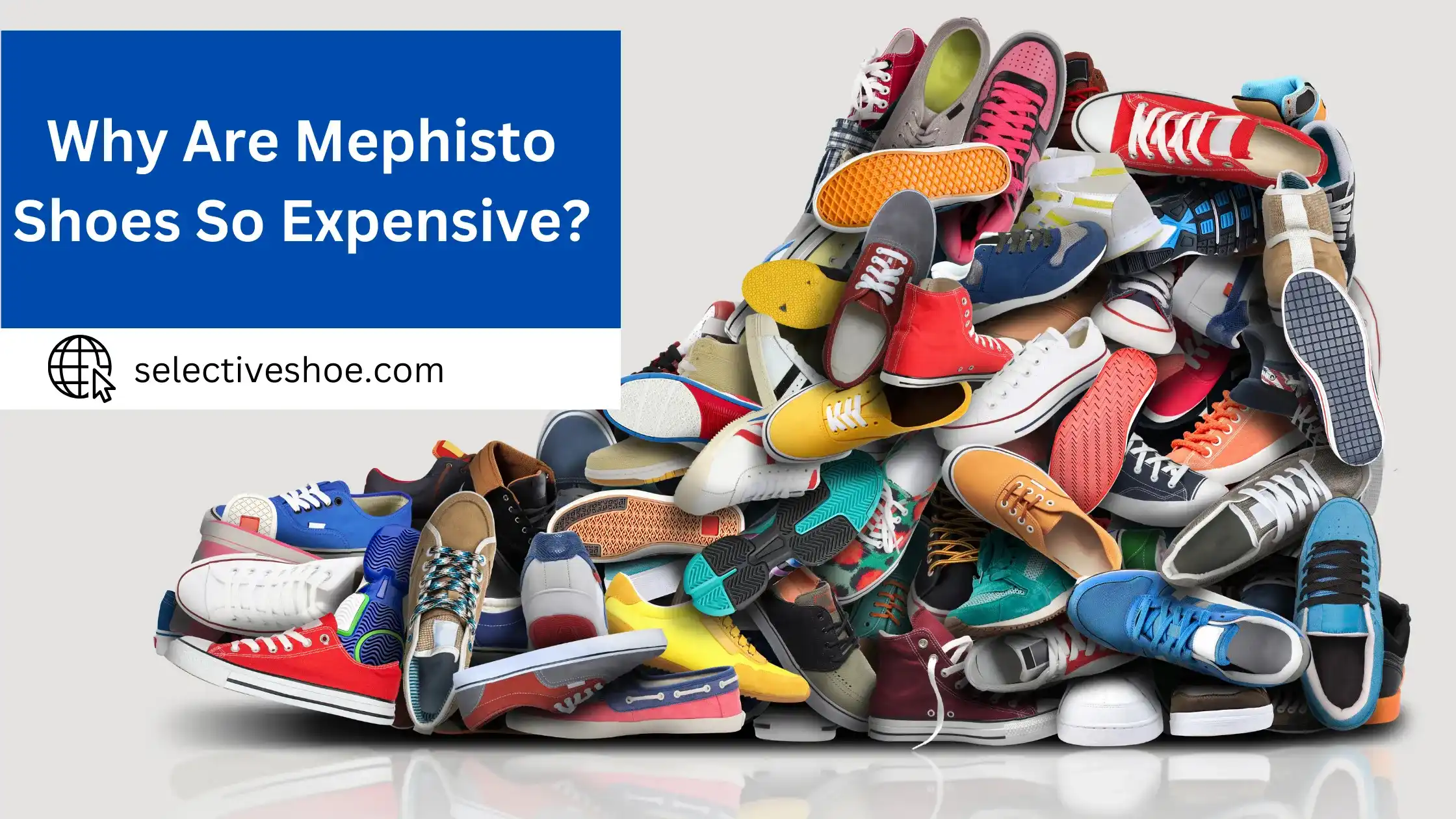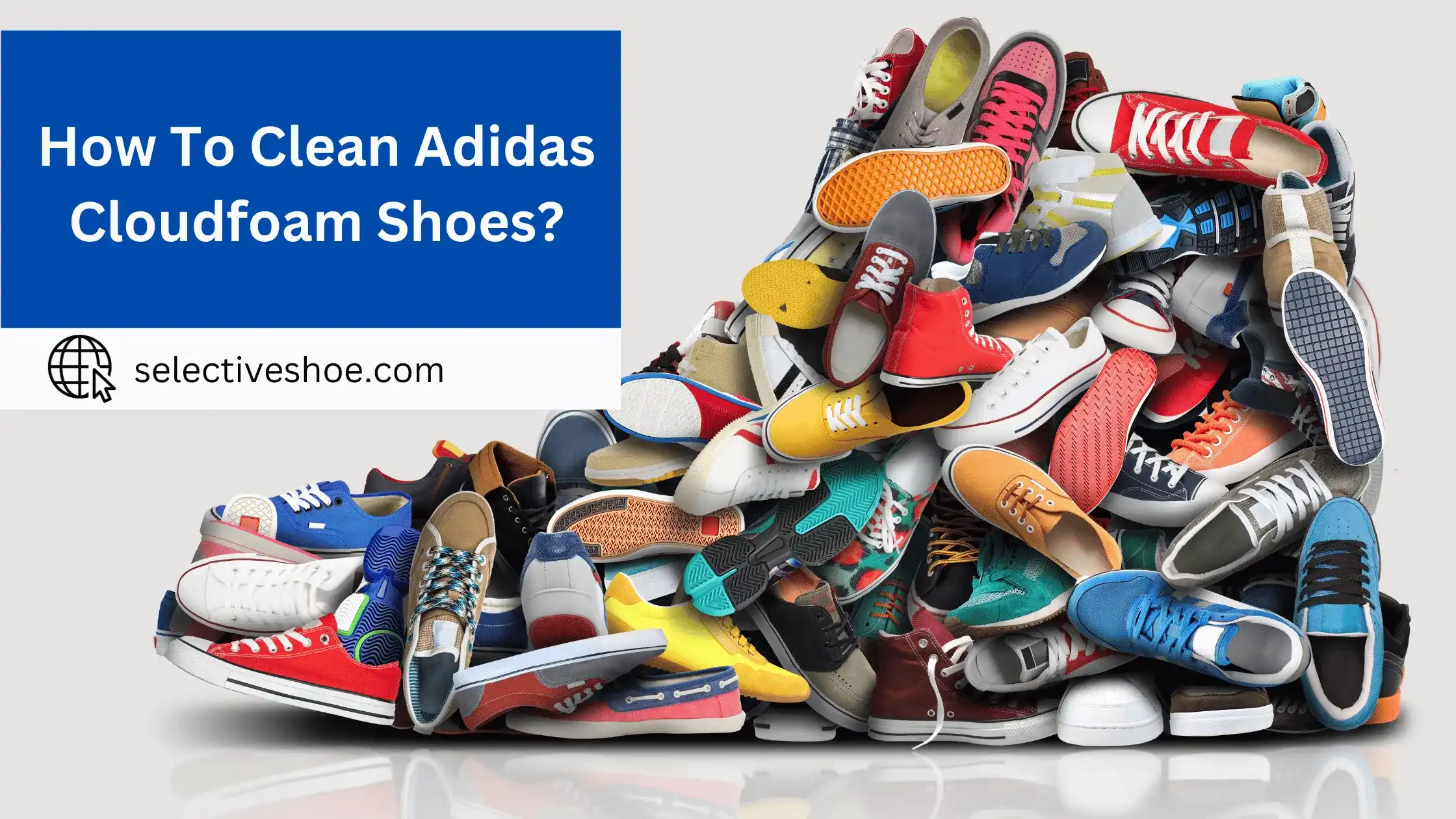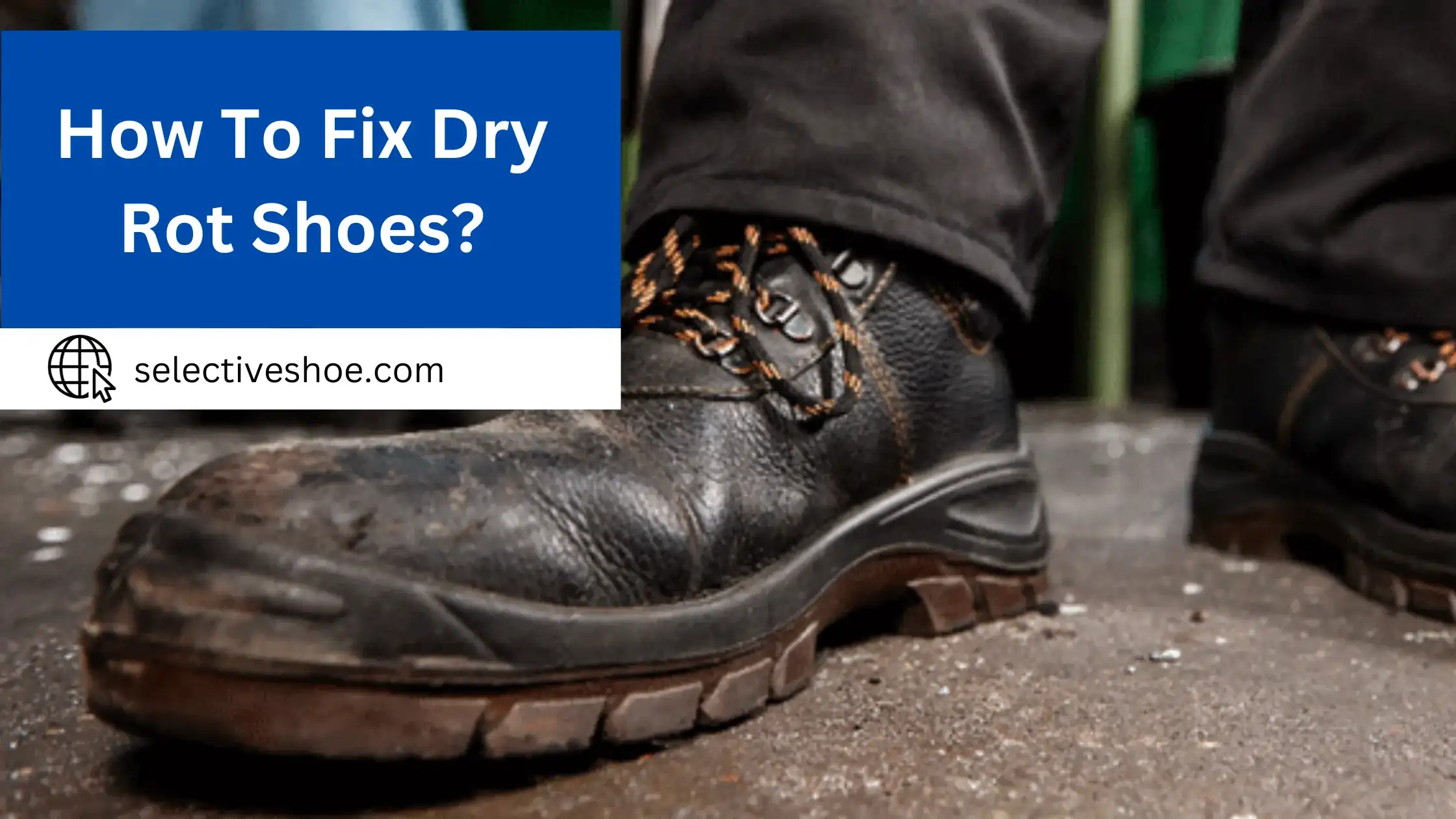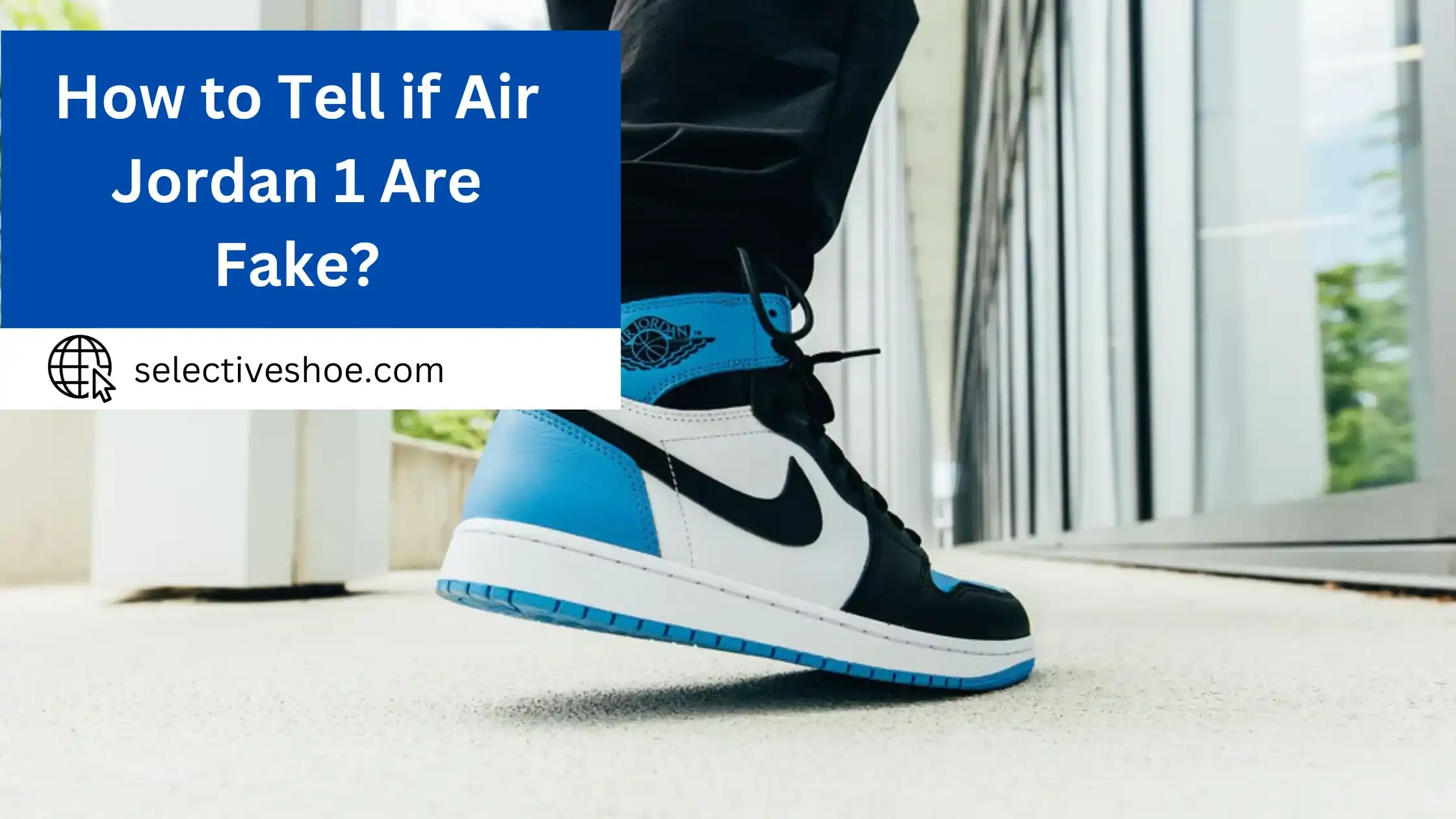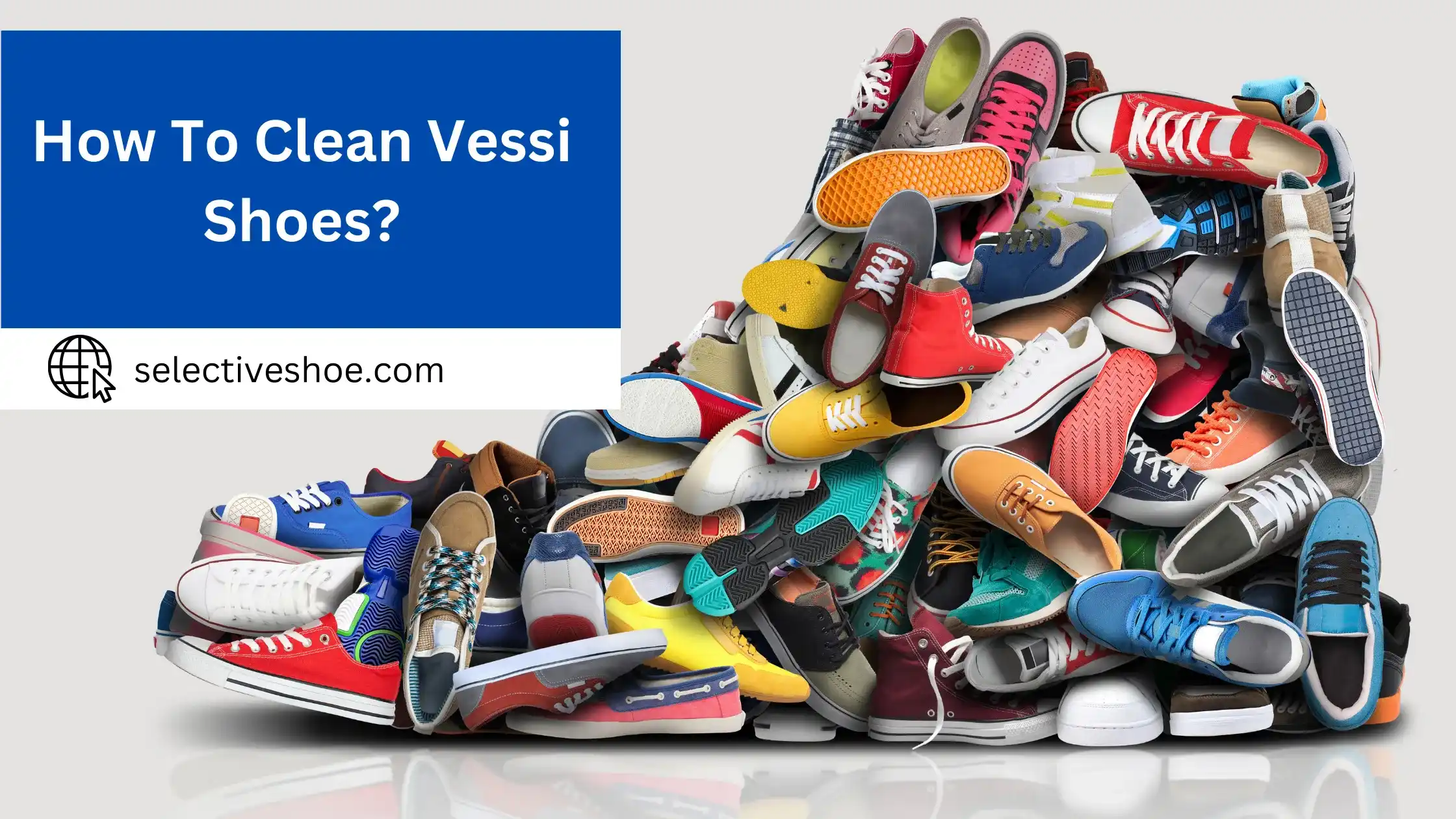For those who want to be comfortable, stylish, and adventurous all at the same time, we present you with cloud shoes! This unique shoe design is incredibly lightweight and flexible for all-day comfort. The revolutionary lacing system of these shoes takes your look to a whole new level as it enables countless possibilities when styling up your shoes just how you like them. From creating a minimalist style to intricate custom designs, adorn your feet with infinite creativity by learning how to lace up on cloud shoes!
Lacing up On Cloud shoes may require a more specialized approach compared to regular sneakers due to their unique design and lacing system. Here is a comprehensive step-by-step guide that provides details for each stage of the process.
Step 1: Prepare the Shoes:
Begin by unfastening any existing laces from your On Cloud shoes, making sure to remove any knots or tangles. Lay the shoes on a flat surface and make sure the tongue of each shoe is flat and in a centered position. This ensures you’ll get a symmetrical lace-up and even pressure distribution later on.
Step 2: Measure the Laces:
Before inserting them, pull the laces taut to make sure they are of equal length on both sides. This will help you achieve a balanced lace-up.
Step 3: Insert Laces into the First Eyelets:
Insert the tips of the laces into the bottom-most eyelets (closest to the toe) of the shoe. The laces should go from the outside of the shoe inward towards the tongue. This is generally more comfortable and provides a cleaner look.
Step 4: Check Lace Length:
Make sure the ends of the laces are even when pulled taut. Uneven lace lengths can result in an imbalanced knot and potentially affect the shoe’s fit.
Step 5: Cross the Laces:
Take the right lace and cross it over to the left side, threading it through the next available eyelet from the inside out. Do the same with the left lace, crossing it over to the right side.
Step 6: Tensioning:
Before moving on to the next set of eyelets, pull the laces to tighten them a bit. The goal is to eliminate any slack but not make it so tight that it’s uncomfortable. You’ll want your foot to be secure in the shoe, especially near the ball of the foot.
Step 7: Continue the Pattern:
Continue the crisscross pattern up the shoe, making sure each crossover is even and snug against the shoe material. Some On Cloud models have unique loops or bands instead of eyelets. If that’s the case, ensure you’re threading the lace under these elements as per the design.
Step 8: Using Lock Eyelets:
If your On Cloud shoes feature ‘lock’ eyelets that are offset or closer to the tongue, use them for enhanced ankle support. To use these, simply thread the lace through the lock eyelet and loop it back, creating a secure loop before continuing with the crisscross pattern.
Step 9: Finalize the Lacing:
Once you reach the last pair of eyelets at the top, you can either simply tie a knot here or make one final crisscross for added security. Tie a secure bow using the remaining lengths of the lace. If you have excess lace, you can double-knot it or tuck the ends into the sides of your shoe.
Step 10: Testing:
Walk around a little to test the fit. Your feet shouldn’t feel pinched, nor should they slide around inside the shoe. Perform a few typical movements you would make while wearing these shoes, such as jogging in place or doing a few quick turns. Adjust as needed.
By following these detailed steps, you can effectively lace up your On Cloud shoes to maximize both comfort and performance.
Choosing the Right Lacing Technique:
Choosing the right lacing technique for your shoes can significantly impact your comfort, performance, and overall foot health. Here’s how to decide on the appropriate lacing method:
Basic Lacing Techniques:
Criss-Cross Lacing:
Methodology: Start from the bottom-most eyelets and thread each lace over and under the opposite set of eyelets, forming an ‘X’ pattern as you go upwards.
Best For: Everyday wear, walking, or basic sports.
Advantages: It’s easy to do and offers a uniform tension across the foot, making it suitable for a wide variety of shoe types.
Parallel (Straight) Lacing:
Methodology: Laces run directly from one eyelet to the one opposite, parallel to each other, without crossing over.
Best For: High insteps, dress shoes, and casual wear.
Advantages: This method reduces pressure on the top of the foot and is visually clean, making it ideal for dress shoes.
Advanced Lacing Techniques:
Heel Lock Lacing:
Methodology: As you reach the top eyelets, loop each lace around the other before threading it through the final eyelet, effectively locking the heel in place.
Best For: Running, hiking, or any activity where heel movement could lead to blisters or instability.
Advantages: This method offers a secure heel fit, preventing upward movement that might cause friction or blisters.
Runner’s Loop:
Methodology: Similar to Heel Lock Lacing but adds an extra loop or “bunny ears” at the top eyelets for more security.
Best For: Long-distance running or sports with rapid direction changes.
Advantages: This technique provides additional tightening and reduces movement within the shoe during dynamic activities.
Custom Lacing Techniques for Comfort and Performance:
Loop Back Lacing for Narrow Feet:
Methodology: Start with the criss-cross method, but after threading through each eyelet, loop the lace back through the same eyelet before moving to the opposite side.
Best For Individuals with narrow feet who need extra security.
Advantages: This technique creates additional tension, which helps in keeping the foot firmly in place.
Toe-Relief Lacing:
Methodology: Begin lacing as you normally would but skip the first set of eyelets closest to the toes.
Best For: People with toe issues like corns, hammertoes, or those who simply want less pressure on their toes.
Advantages: This creates more room in the toe box, thus alleviating pressure.
Expert Tips on Lacing Up On Cloud Shoes:
Here are some expert tips specifically tailored for lacing On Cloud shoes:
- Familiarize yourself with the eyelet design to tailor the lacing to your foot shape or activity.
- Consider elastic no-tie laces for quick transitions or triathlons, as they work well with the slip-on nature of On Cloud shoes.
- Use the last set of eyelets to create a heel lock for improved support and reduced slippage.
- Utilize different tension zones by lacing tighter or looser at various sections of the shoe.
- Skip crossing at the midsection to reduce pressure on high arches.
- Create a double loop at the top for extra security during long-distance running.
- Always walk or run a short distance to test the lacing. Make adjustments if you feel any discomfort or pressure points.
- Add a double knot after tying your bow to ensure the laces remain secure during the activity.
These tips should help you get the most out of your On Cloud shoes by ensuring that they’re laced in a way that maximizes comfort and performance.
Conclusion:
Proper lacing is critical for getting the most comfort and performance out of your On Cloud shoes. While the unique design of these shoes may require a bit of a learning curve, understanding the common issues and their solutions can make the process a breeze. Regular maintenance and care of the laces can also go a long way in ensuring a comfortable and secure fit over time. Whether you’re running a marathon or just out for a casual stroll, taking the time to lace your shoes correctly can make all the difference.
